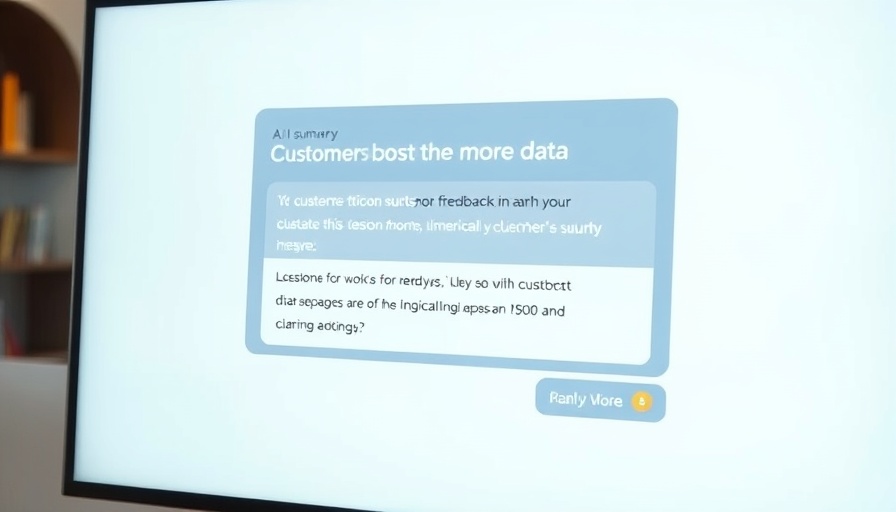
Streamlining Year-End Payroll: A Path to Less Chaos
For many business owners, the phrase "year-end payroll" conjures images of chaotic nights filled with frantic tasks and impending deadlines. The good news? With proper planning and a robust checklist, this annual ritual can transform from overwhelming chaos into an organized process. By preparing in advance, you can create a smoother experience for your HR teams, allowing you to close the year with confidence rather than stress.
What to Prepare Before Year-End Payroll
The key to a successful year-end payroll process starts with thorough preparation. It’s crucial to have everything documented—who is responsible for what, when deadlines approach, and strategies for troubleshooting when issues arise. Raoul P.E. Schweicher, Managing Partner at MS Advisory, emphasizes the importance of clarity in processes as the first step toward successful payroll management. You shouldn’t be scrambling to address these details in January; instead, they should be neatly organized and ready for review by year-end.
Updating Employee Information: The First Step
Before you wrap up your final pay run, it's vital to ensure that all employee details are current. This includes checking that names, addresses, and Social Security Numbers are up-to-date. Additionally, you should reassess the classification of contractors to ensure compliance with tax regulations. Confirming the accuracy of these details in advance can prevent costly mistakes down the road and streamline the payroll process.
Reconciliation for Accuracy
With all details up to date, the next step is reconciling your payroll records. This means reviewing gross wages, taxes withheld, benefits, and deductions for any errors such as negative balances or duplicate entries. Staying organized in this phase not only provides you with peace of mind but also ensures that special payments like bonuses or tax benefits are processed correctly.
Optimizing Final Payroll Run
The final payroll run is crucial. When you run payroll for the last time this year, it's essential to mark it clearly in your system. Make sure to account for bonuses, commissions, and any outstanding vacation pay. These details can often be overlooked but are crucial for keeping your employees satisfied and compliant with tax obligations.
Your Tools for Success: Year-End Reports
Before submitting anything, it's advisable to generate some pre-year-end reports. Reports like Employee Earnings Summary and Tax Liability Report can serve as sanity-checks to ensure everything is in order. These documents can highlight discrepancies early, allowing for adjustments to be made before final submissions.
Final Payroll Filings and Their Importance
Completing your final payroll involves carefully preparing and submitting necessary tax forms such as Forms 941, 940, and W-2s. This phase is critical, as incorrect filings can result in penalties, affecting your company’s bottom line. Therefore, thoroughness in your final filings can save you from headaches in the future.
Conclusion: Embracing Year-End with Preparedness
The end of the payroll year doesn’t have to incite panic. With effective year-end payroll strategies, your operations can run smoothly and efficiently. Not only does this instill confidence within your HR teams, but it also reflects positively on your company culture, enhancing morale as employees feel secure in their compensation and tax obligations.
As you look forward to closing out this fiscal year, consider reviewing and implementing best practices for your year-end payroll. Not only will you alleviate stress, but you'll also foster a strong foundation for your company as it grows and navigates the future.
 Add Row
Add Row  Add
Add 



Write A Comment